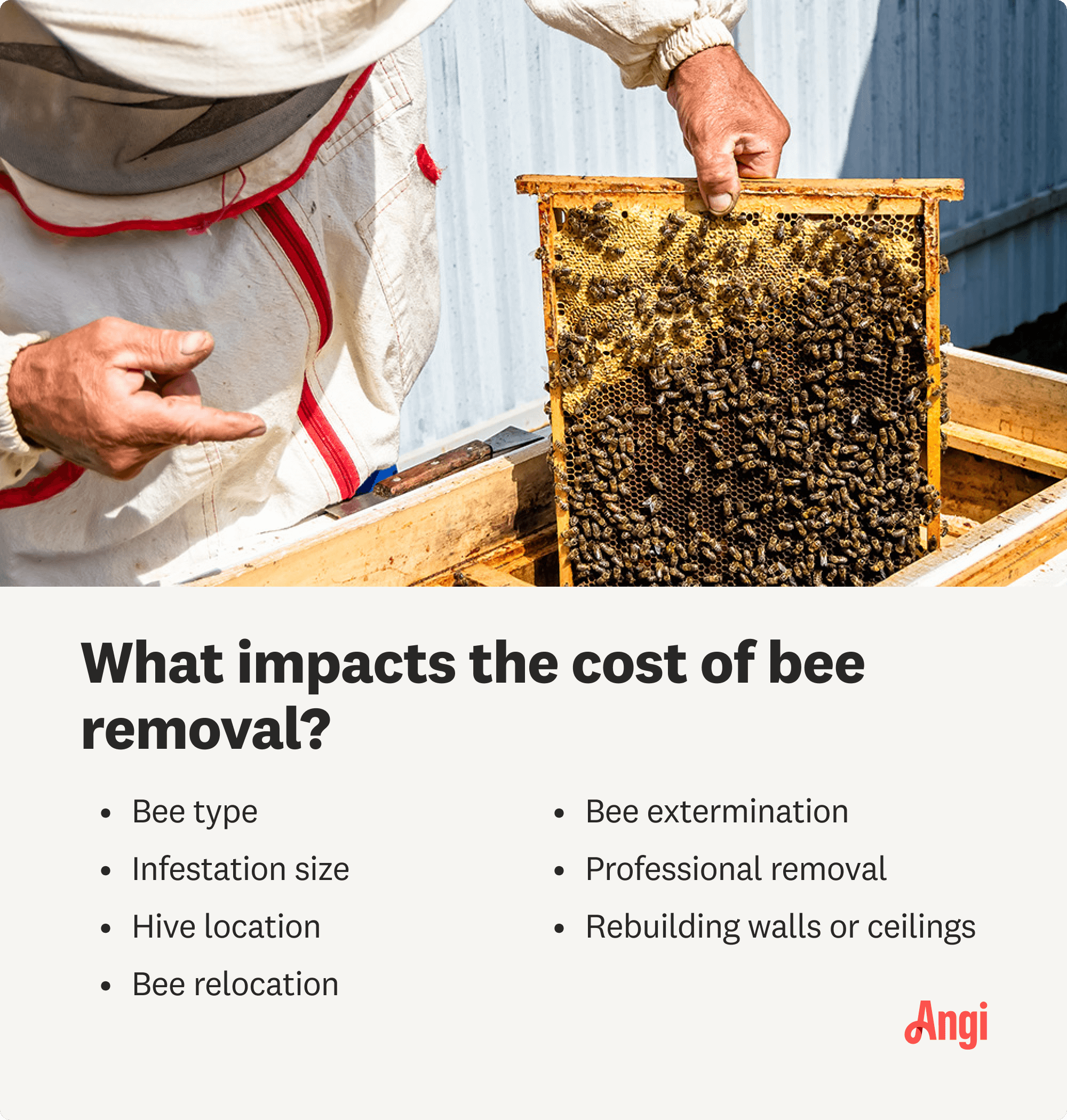
Whether you have bugs, bats, or rodents invading your home, you’ll want to contact an exterminator quickly. Find out how much pest control costs in Columbus, OH.
Don’t let the little guys become a buzzkill—here’s how to deter them


A few bees in your backyard are harmless, but a whole swarm can disturb the peace. When it comes to learning how to deter bees, you don’t have to take harmful measures to keep these insects off your property. Instead, there are a number of helpful tips that can encourage them to buzz off without adding to your bottom line. However, if you have a true infestation, don’t hesitate to call in your local bee removal pro to tackle the issue head-on.

The sweet nectar of fruit juice and other sugar-scented dishes is enough to bring bees around, which is why it’s important to keep any outdoor food and drinks covered with lids or paper towels. It may not be as aesthetically pleasing for an al fresco event, but it’s better than a buzzy colony surrounding your guests and your meal.

Marigolds, cloves, and mint leaves act as deterrents to bees, who tend to steer clear of the strong odors these plants and herbs emit. Whether you plant marigolds nearby or sprinkle cloves and mint leaves on nearby tables, the scent these natural elements emit can help mask the smell of sweet food items and keep bees at bay.
The brighter your decor, linens, or clothing, the more likely bees are to swarm nearby since they are attracted to bright colors and floral prints. If it’s possible to keep your decor and clothing neutral, you can bet you’ll have less visits from the buzzing insects as they won’t find muted tones nearly as attractive.
Just as it’s helpful to keep food and drinks covered, you’ll want to dispose of any leftovers as soon as possible so as not to attract these sometimes pesky pollinators. You should cover outdoor trash bins and seal remaining food to keep enticing aromas from inviting unwanted winged guests.

Without using harsh or toxic chemicals, you can create your own natural bee deterrent with ingredients in your pantry. Try filling a spray bottle with equal parts water and vinegar to create a mixture that you can apply to surfaces or areas the bees frequent. Other substances bees tend to steer clear of include citronella oil, lavender oil, vegetable oil, olive oil, lemon, and lime, which you can likely find at your local hardware store, grocery store, or pharmacy.
If the bees you’re encountering are frequent and starting to become a safety hazard, it’s time to hire a local bee removal expert. A professional can either safely remove and relocate hives or suggest treatment plans to get rid of the bees, depending on the severity of your infestation and how quickly you need the bees gone. These pros have the skills, tools, and knowledge to successfully remove bees and deter future colonies from moving in.
From average costs to expert advice, get all the answers you need to get your job done.

Whether you have bugs, bats, or rodents invading your home, you’ll want to contact an exterminator quickly. Find out how much pest control costs in Columbus, OH.

Keep your home free of termites and the damage they do. Learn more about inspections, infestations, and the average cost of termite treatments.

Your mosquito misting system cost will vary based on factors such as the size, type, brand, and more. Find out what the budget for this system looks like.

If you’re a fan of essential oils, some believe you can use them to deter pests like spiders, mice, and other rodents. Learn more about how you may be able to use essential oils like to help leave your home pest-free and smelling great.

Nobody wants to tangle with wasps on their property, as these insects sting with extreme prejudice. Here’s how to get rid of wasps safely and for good.

There's no one simple trick for getting rid of fleas in your house. But when you come at them from all angles, it's easy to send fleas packing for good.